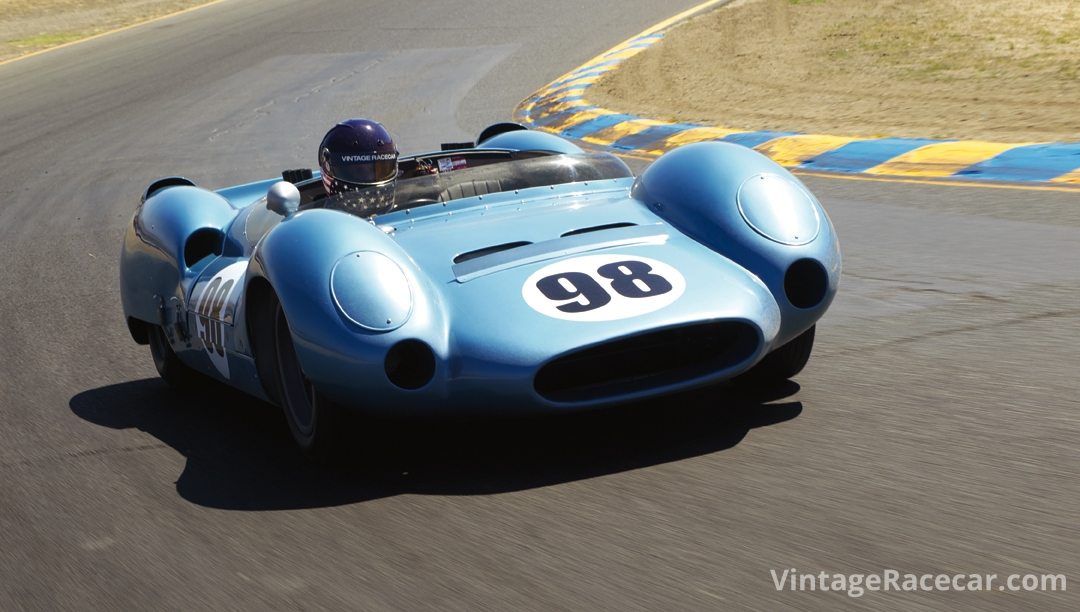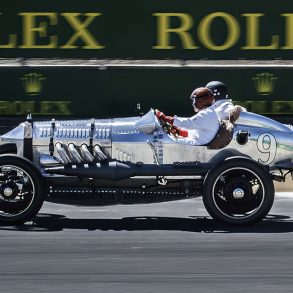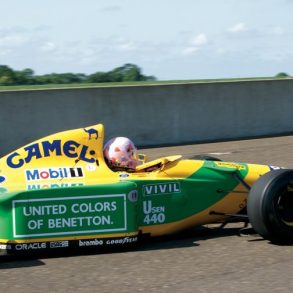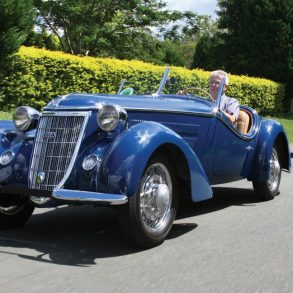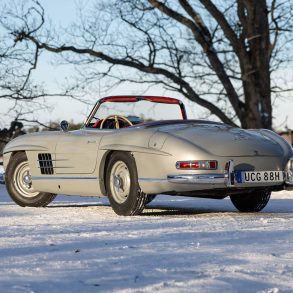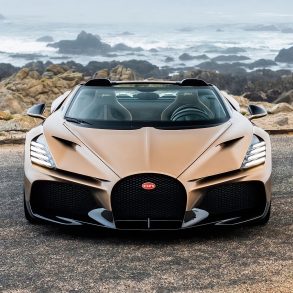As we’ve done each of the ten years we’ve now been in publication, this month we focus all of the content within this issue around the featured marque at this year’s Monterey Historics. In this year’s case, we pay tribute to the famed Indy Roadster. Oddly enough, over the course of putting together this year’s issue, something really unusual happened to our staff of writers…they came face-to-face with their own racing biases.
When you look at what we, as historic racing enthusiasts, typically do and where our interests in motorsports originated, by and large, we hark from a Eurocentric, road racing tradition. Whether you live in New York, Sydney or London, if you’re reading this magazine, chances are good that you fell “in love with motorsport” by watching European-built (or European-derived) cars racing around a circuit. It might have been Grand Prix racing, it might have been Le Mans, or it might have been saloons running around Bathurst. Whatever the circumstances, many of us can trace our own racing roots to this branch of the motorsport tradition.
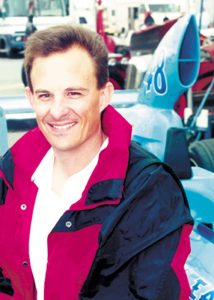
Editor
With that said, the thing I found rather surprising about this issue was the candor and comments from a number of this month’s contributing authors on their preconceived notions about Indy Roadsters. In this month’s “Racecar Profile,” Ed McDonough gets behind the wheel of the 1957 ex-Ray Crawford Kurtis 500G that not only ran in eight Indy 500s, but also both “Race of Two Worlds” at Monza. In his article, Ed confesses how wrong his long-held prejudices against the Indy Roadster were, now that he has actually gotten to grips with one. Likewise, Pete Lyons admits in his column that it’s only been in recent years that he has come to appreciate the sophistication of those “Dinosaurs” that attempted to fight back his European rear-engine revolution.
For myself, I too have to confess having had minimal interest in front-engine Indy cars, until I had the opportunity to drive a ’30s-era Miller several years ago for VR. Like many of us here, I think I was tainted by the notion that a car that turns only one direction and circles around primarily in top gear, can’t be that sophisticated—and by association those who drive them, can’t be as talented as those that turn, stop and change gears every lap. How wrong I was!
The epiphany for me came when I drove that Miller. Here was a jewel-like racecar—every bit as well engineered and fabricated as any contemporary Bugatti Grand Prix car. Being naïve and, I suppose ignorant, I assumed it would feel clunky and agrarian, like a tractor, yet it was lightweight and precise, in fact more so than a number of “modern” European-derived racecars that I had driven. Virtually overnight, a new world had opened up to me. As I learned more and spoke with several of the key drivers from that period, I developed a new interest and a deep respect for the cars and drivers of this unique segment of motorsport history.
As you read this issue, you’ll see how several of my colleagues have also “woken up” to the significance of the Indy Roadster period. I’ve already mentioned Ed McDonough’s Kurtis profile and Pete Lyons’s column. In addition, John Wright brings us a fascinating interview with 1960 Indianapolis winner, Jim Rathmann, a man that swapped identities with his older brother, in order to start racing before he reached the allowable age! In his “Heroes” column this month, Robert Newman shares the amazing tale of Wilbur Shaw and his enchanted, Maserati 8CTF that won the Indy 500 two years in a row and, if not for a miss-marked wheel, would have won it three years in a row. Richard Nisley speaks with the only living builder from the Roadster era, A. J. Watson, to learn what it was that made his front-engine Roadsters the winningest cars at the Speedway from 1953–1964. Finally, rounding things out, I spoke with two-time Indy winner Rodger Ward, shortly before his death, on the car he thought was the “Greatest Racecar,” as well as Indy winner and Sprint Car Champion Parnelli Jones about his recollections of the Roadster years.
All in all, this special Indy Roadster issue is not only our largest to date, but I think one of our very best. Not bad for a bunch of tea-baggers!


